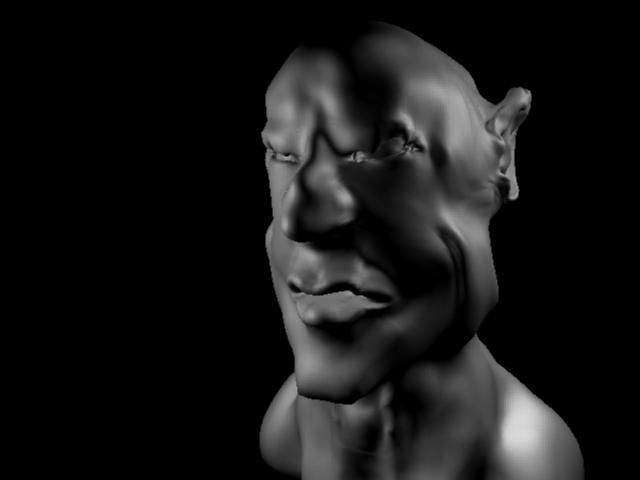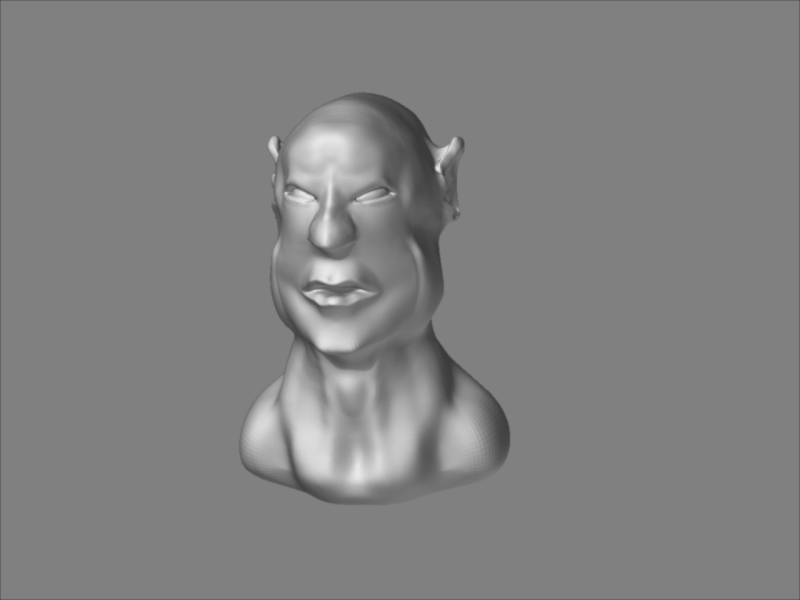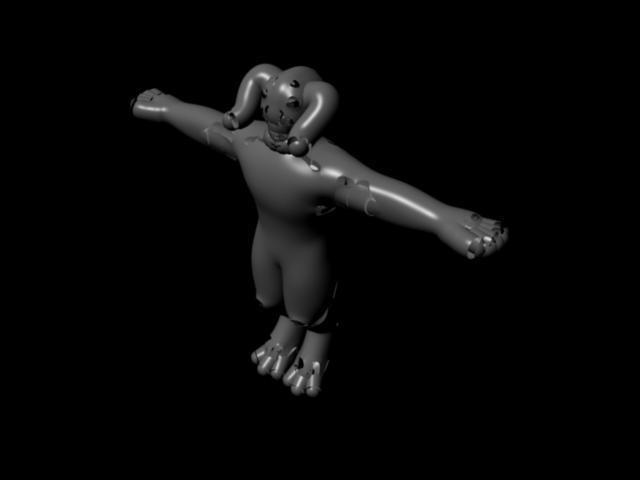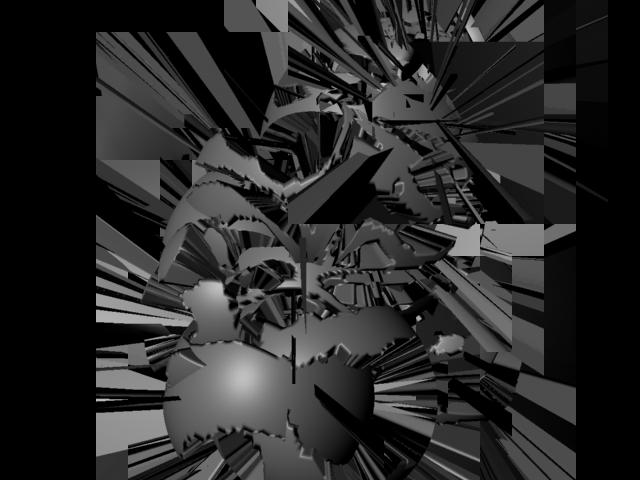Think I got it to work now, but with some funky stuff going on.
Before exporting I chose an apropriate subdivision level, deleted lower levels and deselected grouping.
Exported a regular 16bit displacement map, adaptive with smooth UV´s and 4096 resolution.
Imported model to Maya and chose to convert polygons to subdivisions.
Deleted default material in shader groups, and added blinn material. From then on pretty much as you described in your video(except maybe for lower alpha gain).
I think the stuff in the eye region could be from overlapning vertecies, but I don´t know why the shape of the face got so thrown off.
Anyway, maybe it will look better with a finished, cleaned up and more detailed model.
Attachments



 ) My displaced model is fine so far, but the twisting and squeezing, especially at the arms, caused by the bones are very ugly. So because it is for a still, I’m looking for a way to reimport the pose in Zbrush to sculpt again. I tried it via import as a morph target, and it seems okay, but when I subdivide more times, it just gets smoothed, instead of applying the high level sculpture detail.
) My displaced model is fine so far, but the twisting and squeezing, especially at the arms, caused by the bones are very ugly. So because it is for a still, I’m looking for a way to reimport the pose in Zbrush to sculpt again. I tried it via import as a morph target, and it seems okay, but when I subdivide more times, it just gets smoothed, instead of applying the high level sculpture detail.

